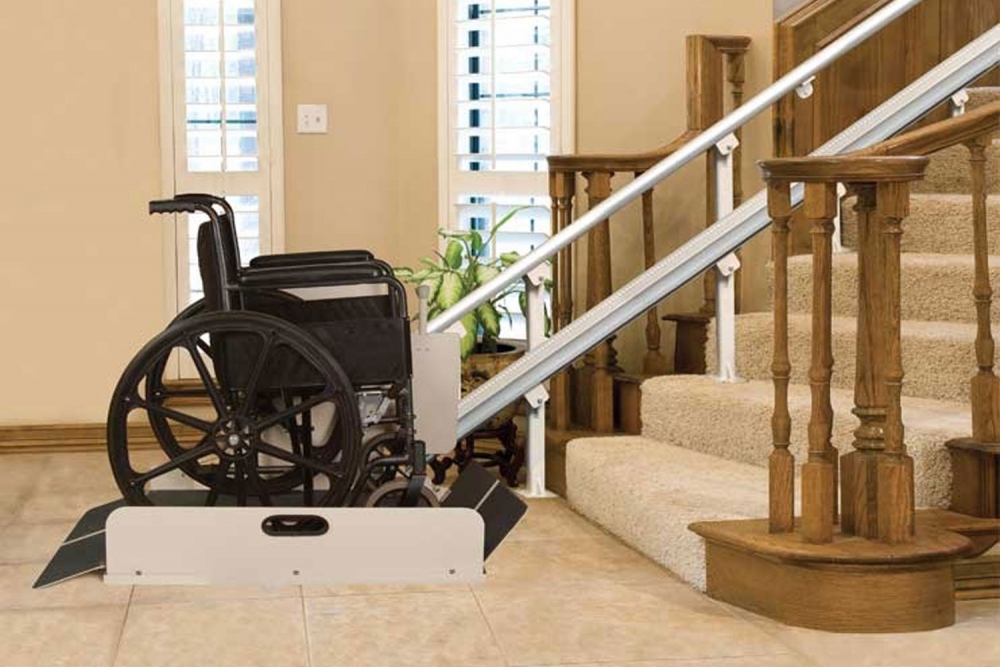What Are Inclined Elevators?
Inclined elevators are mobility devices that transport individuals along the incline of a staircase via a rail-mounted platform or enclosed car. Unlike vertical elevators that require a dedicated shaft, inclined models follow the stair’s angle, making them ideal for retrofitting existing homes without major renovations. They differ from basic stairlifts by often featuring a more stable, wheelchair-accessible platform rather than just a seat, which enhances security for users with limited mobility.
These elevators are particularly advantageous for seniors facing challenges like arthritis, balance issues, or post-surgery recovery, allowing them to stay in their familiar homes longer. According to the ADA Standards for elevators and platform lifts, inclined models must comply with safety codes to ensure accessibility. Common types include straight-rail for linear staircases, curved-rail for turns, and folding-platform designs for space-saving.
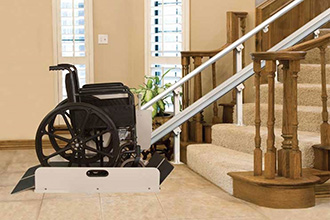
Pros of inclined elevators include minimal home modifications, enhanced safety over manual stair climbing, and the ability to carry wheelchairs or small loads. Cons may involve higher upfront costs compared to stairlifts and potential limitations on very steep or narrow stairs.
How Inclined Elevators Work
The core mechanism involves a motorized drive system—typically cable, chain, or rack-and-pinion—that propels a platform along dual rails installed parallel to the stairs. The platform remains level during travel, ensuring a smooth ride. Power comes from a standard 110-volt outlet, with rechargeable batteries providing backup for outages, often lasting up to 20 trips.
Advanced models use sensors to detect obstacles, automatically halting movement to prevent accidents. Installation usually takes 1-2 days for straight stairs, but curved setups may require custom rails and more time. For seniors, this technology minimizes physical strain, as users can simply step or wheel onto the platform and operate it with intuitive controls.
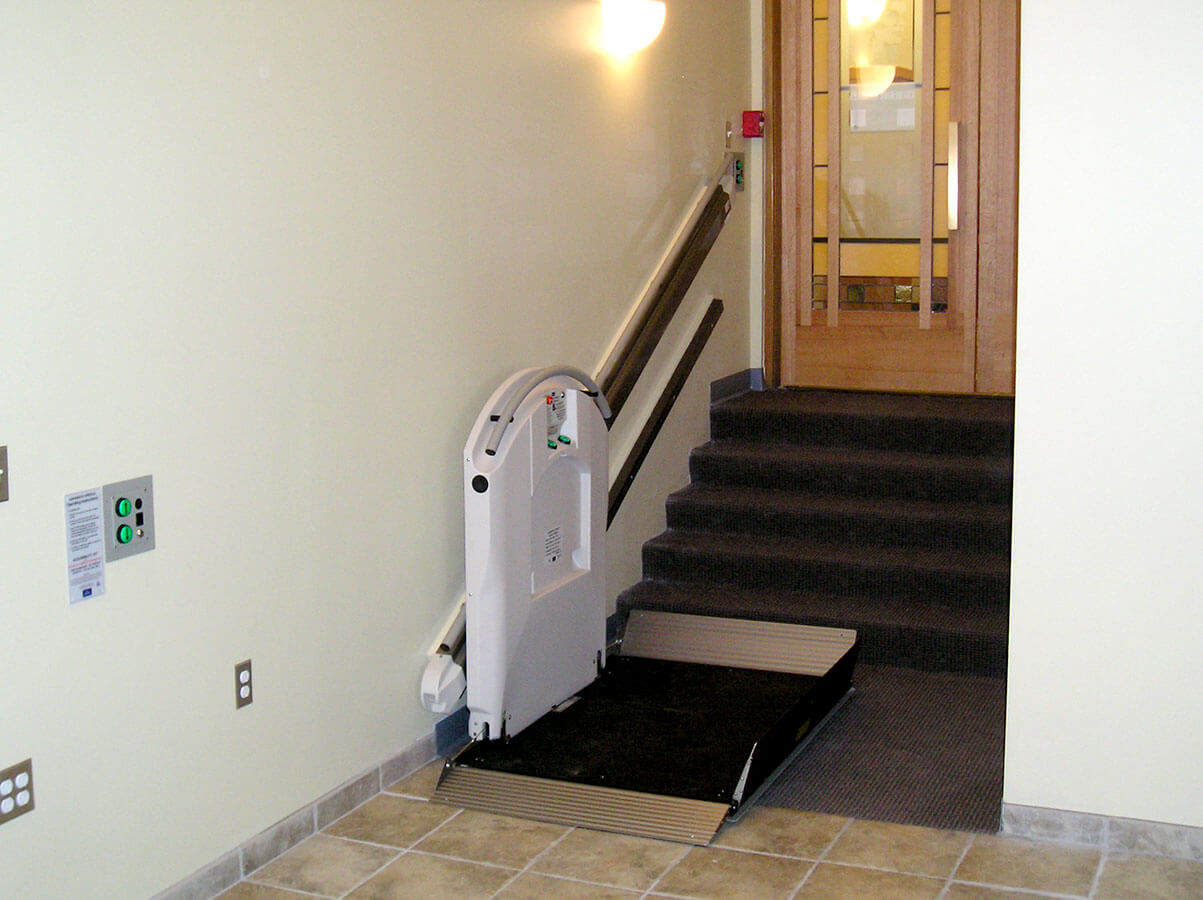
Key Safety Features for Seniors
Safety is paramount in inclined elevators designed for seniors. Essential features include seat belts or harnesses, emergency stop buttons, and obstruction sensors that stop the unit if anything blocks the path. Non-slip flooring and handrails add stability, while battery backups ensure functionality during power failures.
Additional must-have elements, as recommended by experts, include an electromagnetic motor brake that engages during power loss and an overspeed governor to control descent speed. Onboard controls should be simple and accessible, with options like constant-pressure switches to prevent unintended operation. For wheelchair users, platform edges often have safety barriers or ramps. Always ensure compliance with ASME A17.1 Safety Code for Elevators and Escalators.
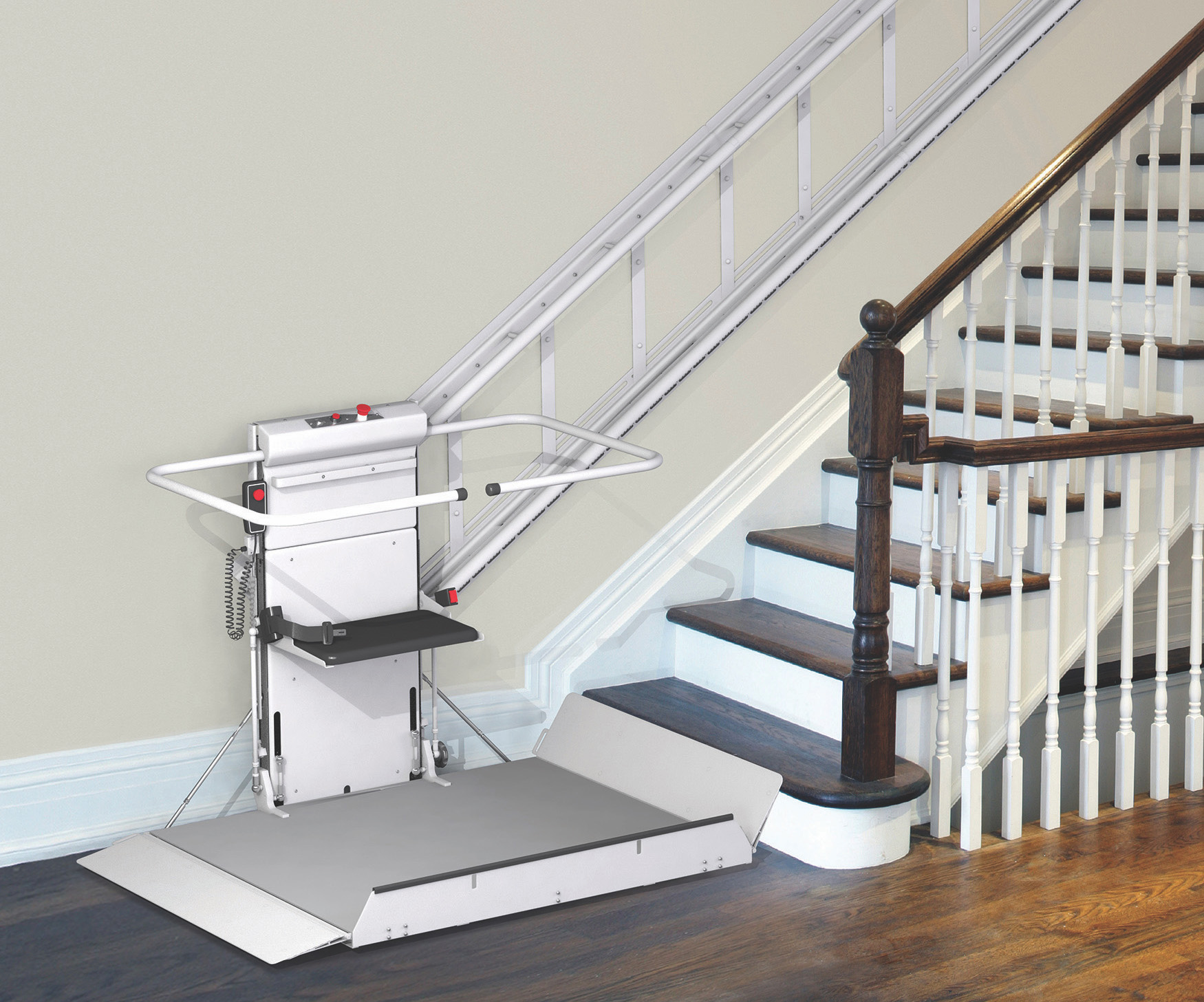
Available Features and Customizations
Customization options make inclined elevators versatile for various home layouts. For straight stairs, basic models suffice, while curved or spiral staircases require articulated rails. Features like foldable platforms save space, remote call buttons allow summoning from afar, and LED lighting improves visibility in dim areas.
Seniors can opt for padded seats with adjustable armrests, voice-activated controls, or even integrated audio systems for alerts. Wheelchair-compatible models have larger platforms (up to 36×48 inches) and ramps. Outdoor versions are weatherproofed with rust-resistant materials. Brands like Garaventa Lift and Savaria offer tailored solutions.

Installation and Cost Considerations
Installation involves mounting rails to the stairs or wall, typically without altering the staircase structure. Professional assessment is crucial to check for adequate space (at least 36 inches wide) and electrical access. Costs range from $10,000 to $25,000 for basic straight-rail models, rising to $30,000+ for curved or custom setups, including installation. Factors like staircase length, custom features, and location influence pricing. In some regions, grants or insurance may cover part of the cost for seniors.
Ensure installers are licensed and follow local building codes, such as those in California for inclined platform lifts. Post-installation, a safety inspection is often required.
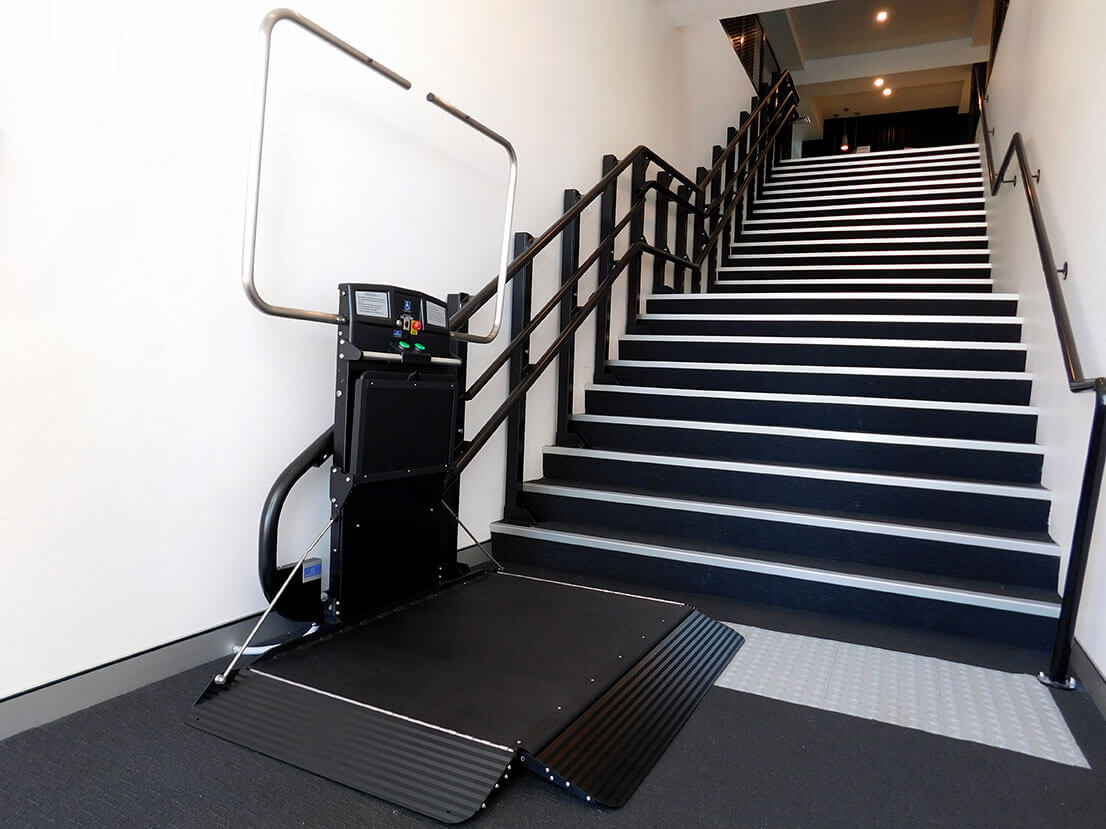
Is an Inclined Elevator Right for You?
To determine suitability, assess your staircase type, daily mobility needs, and budget. If you use a wheelchair, prioritize platform models over seat-only ones. Consider future-proofing for increasing mobility challenges. A home evaluation by a certified installer can identify any modifications needed, like reinforcing stairs.
For seniors in multi-story homes, these elevators can prevent isolation and support aging in place. Consult resources like AARP for broader advice on home accessibility. If space is tight, alternatives like vertical platform lifts might be better.
Maintenance and Ongoing Care
Regular maintenance ensures longevity and safety. Monthly: Clean tracks and check for debris. Quarterly: Test batteries and sensors. Annually: Professional service to inspect motors, brakes, and cables. Warranties often cover 1-5 years, with extended service plans available. Avoid DIY repairs—always use qualified technicians to comply with safety standards.
